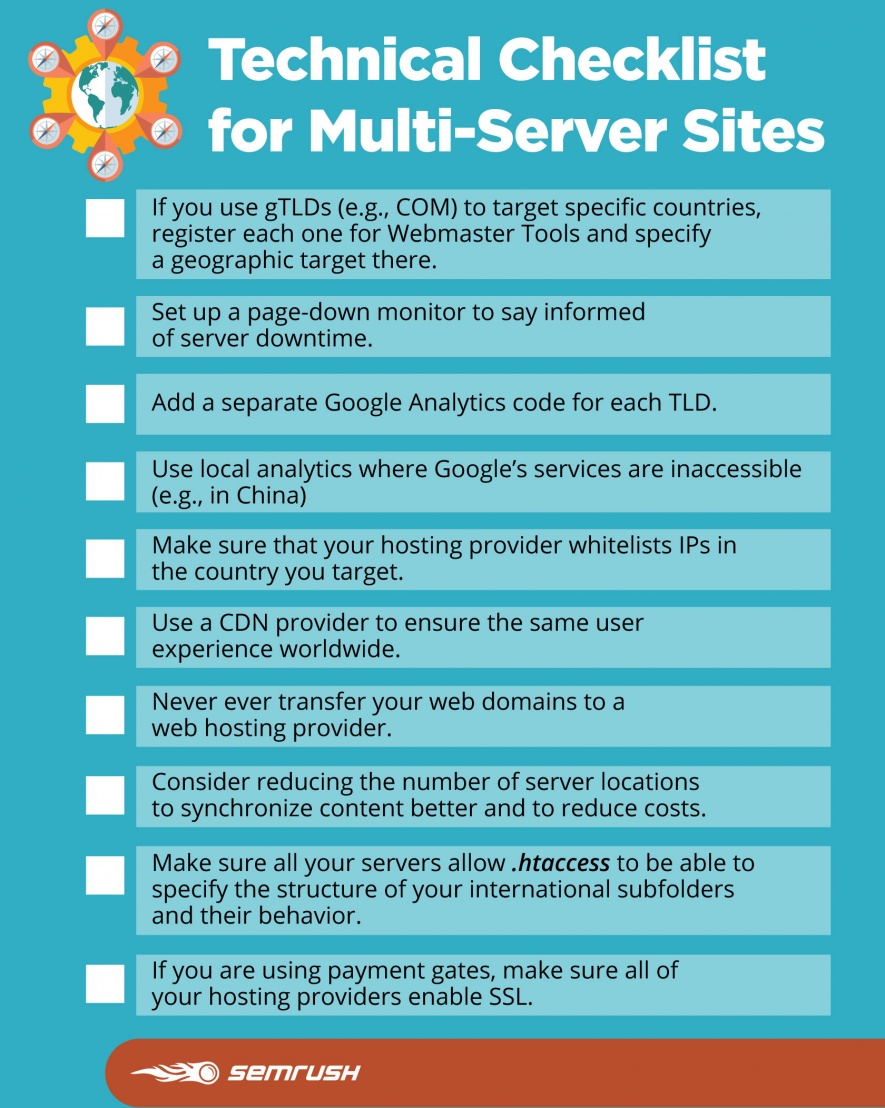From Localization to Globalization: International SEO Basics
Browsing the Digital Landscape: Leveraging International Search Engine Optimization for Cross-Border Success
In today's interconnected electronic globe, services are increasingly looking beyond borders to touch into international markets. The complexity of browsing the electronic landscape on an international range requires a nuanced technique, from recognizing the fundamentals of International Search engine optimization to carrying out geotargeting and multilingual key phrase methods.
Comprehending International SEO Basics
Navigating the details of worldwide search engine optimization calls for a solid understanding of fundamental principles to properly increase on the internet presence throughout boundaries. One critical facet of worldwide SEO is understanding the relevance of localization. This entails tailoring site web content to fit the linguistic, social, and business differences of target audience. Key phrases need to be not only equated yet likewise adjusted to show just how customers in different regions look for information.
Furthermore, having a clear understanding of geo-targeting is crucial. This includes showing to browse engines the specific countries or areas a web site is targeting. Implementing hreflang tags is one method to connect this details, making sure that the correct version of a page shows up in the search results for a user in a specific location.
In addition, comprehending the effect of regional online search engine and social media sites platforms is important for worldwide search engine optimization success. For circumstances, while Google is dominant in numerous regions, nations like China have their own internet search engine like Baidu, needing customized techniques for each platform to make best use of on the internet exposure.

Targeting Multilingual Key Phrase Strategies
Creating multilingual keyword strategies is important for successfully reaching varied international target markets and optimizing on-line exposure throughout various linguistic areas. When targeting multilingual key phrase strategies, it is vital to conduct comprehensive research study to understand the particular search terms and phrases made use of by the target market in each linguistic area. This involves not only translating keywords however additionally considering social nuances, regional dialects, and search patterns unique to every target audience.
To develop a successful multilingual keyword method, it is important to prioritize significance and search intent. Key words must align with the material on the web site and resonate with the cultural context of the target audience. Using tools such as Google Keyword Phrase Organizer, SEMrush, or Ahrefs can aid recognize high-performing key words in different languages and assess their search quantity and competitors level.
In addition, monitoring and evaluating the performance of multilingual key words on a regular basis is crucial for maximizing and improving the approach in time. By continuously adapting to adjustments in search actions and trends, businesses can boost their on-line exposure and attract more international website traffic to their web sites.
Implementing Geotargeting and Hreflang Tags
When intending to improve international SEO methods, integrating geotargeting and hreflang tags is essential for optimizing web site presence across different areas. Geotargeting entails customizing material to specific places, ensuring that users in various areas get relevant details. By carrying out geotargeting, companies useful reference can boost their regional search positions and draw in region-specific website traffic.

Optimizing Site Framework for Global Presence
To better boost worldwide search engine optimization methods beyond geotargeting and hreflang tags, optimizing the internet site structure is essential for attaining global exposure and maximizing reach across various regions. A well-structured website not only improves user experience yet likewise helps with online search engine spiders in recognizing the web content and context of the website. When going for international visibility, it is essential to guarantee that the internet site is organized in a logical way that satisfies users from numerous countries. Applying a clear power structure with unique categories and subcategories can assist in improving the website's navigation and user-friendliness.
Additionally, developing language-specific subdirectories or subdomains can help browse engines provide the ideal variation of the internet site to users based on their language preferences, additionally improving the general customer experience. In addition, optimizing URL frameworks to consist of relevant key phrases and geotargeted terms can improve the site's exposure in various areas. By structuring the site successfully for international target markets, businesses can boost their chances of click this site attracting international traffic and increasing their reach across borders.

Surveillance and Assessing Cross-Border Performance
Reliable tracking and studying of cross-border efficiency is necessary for assessing the success of global SEO approaches and recognizing chances for renovation in worldwide reach and presence. By carefully tracking key efficiency indications (KPIs) across various markets, organizations can get beneficial understandings right into the effectiveness of their cross-border search engine optimization efforts. Monitoring metrics such as organic website traffic, keyword positions, conversion prices, and bounce rates can provide a detailed sight of just how well a site is performing in various areas.
By comparing performance across various nations, areas, or languages, firms can determine effective techniques and center material to better cater to specific Visit Website target audiences (International SEO). Routine analysis of SEO efficiency on a worldwide scale makes sure that companies can adapt their strategies swiftly to exploit on emerging opportunities and keep an affordable edge in global markets.
Final Thought
To conclude, international search engine optimization plays an essential role in achieving cross-border success by maximizing web sites for worldwide visibility, targeting multilingual key words methods, carrying out geotargeting and hreflang tags, and checking cross-border performance. By understanding the principles of worldwide SEO and optimizing internet site structures accordingly, organizations can successfully reach and involve with their target audiences throughout different areas and languages. This critical method is important for increasing market reach and driving on the internet growth in today's electronic landscape.